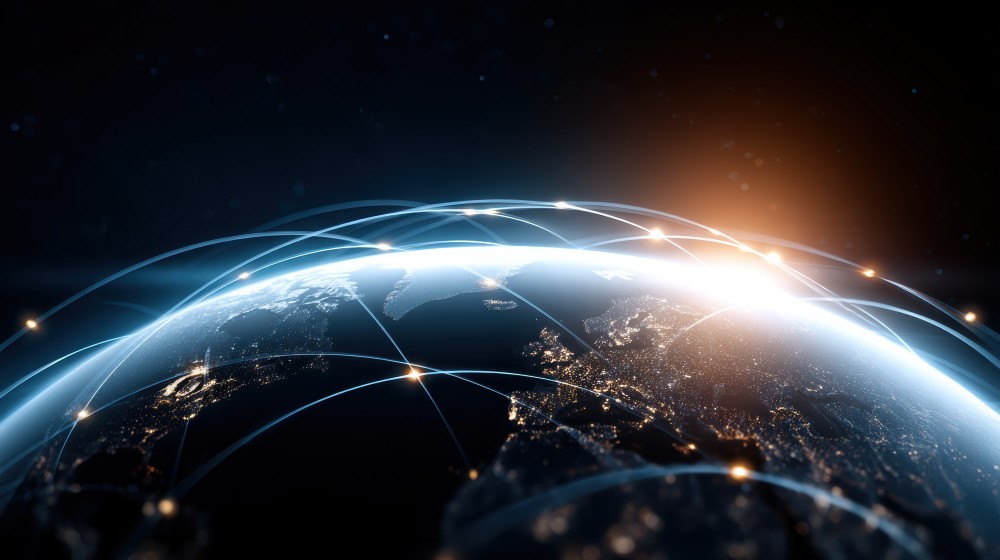Inmarsat’s I-6 F1 satellite begins electrical orbit raising process

Image courtesy Inmarsat
Built for Inmarsat by Airbus Defence and Space, it was launched by Mitsubishi Heavy Industries (MHI) from the JAXA Tanegashima Space Center in Japan on 22nd December, 2021.
In the hours following its launch, initial acquisition of telemetry from the satellite was received, followed by two further milestones completed on 24th December: apogee thruster firing and solar array deployment – during which the solar arrays’ ‘wingspan’ exceeds that of a Boeing 767. Several days later, as the Inmarsat team worked throughout the Christmas and New Year break, the 9-metre wide L-band reflector was deployed.
Each of these moves are crucial steps in the orbital manoeuvre, which slowly makes I-6 F1’s orbit slightly more circular to prepare the satellite for the electric orbit raising (EOR). The EOR process, which takes the satellite to its final location in geostationary orbit via an all-electric propulsion system, is expected to take around 200 days to complete. A more detailed video explanation of the satellite’s journey to geostationary orbit from Inmarsat’s Vice President, Space Segment Mark Dickinson is available here.
Once I-6 F1 reaches its final position, approximately 36,000km (~22,500 miles) above the Earth, extensive testing will begin, before its entry into service in early 2023. Ground stations at Perth and Merredin in Western Australia will support I-6 F1.
Rajeev Suri, CEO of Inmarsat, said: “This launch marks Inmarsat’s newest technological leap forward as we maintain our strong commercial momentum and sector leadership. This satellite extends our world leading mobile satellite communications services for our customers and partners, especially in the Indo Pacific region. I-6 F1 will play a crucial role in Inmarsat’s world-leading, dynamic mesh network ORCHESTRA as we plot the course to further connectivity innovation for our customers.
“My warmest thanks and congratulations go to the Inmarsat team that delivered flawlessly on this project as well as our launch provider Mitsubishi Heavy Industries and our satellite manufacturing partner Airbus Defence and Space.”
I-6 F1 is Inmarsat’s first ever hybrid L- and Ka-band satellite, and the first of seven planned for Inmarsat by 2024 in the company’s fully-funded technology roadmap. I-6 F1 will be followed by I-6 F2, which is currently in testing on the ground, prior to an early 2023 launch. The I-6s incorporate increased capacity and new technological advances for ELERA’s transformational L-band services, delivering an enhanced platform for customers looking to embrace next-wave technologies such as the Industrial Internet of Things, thanks to dramatically increased network capacity and resilience.
The I-6s also offer additional Global Xpress (GX) high-speed broadband capacity, ensuring it continues to support the growing needs of commercial and government customers for data – especially in congested regions and hotspots. Adding to an existing global fleet of 14 geostationary satellites, the I-6s will extend Inmarsat’s commitment to mission critical services while enabling a new generation of pioneering technologies to connect and sustain the world.
The launch of the I-6s is further evidence of the momentum underpinning Inmarsat’s business and technology standing in global mobility communications. The I-6 plays an integral role in the reliable GEO infrastructure that underpins Inmarsat ORCHESTRA – the world’s first network that will combine GEO, highly elliptical orbit (HEO), low Earth orbit (LEO) and terrestrial 5G into one solution.












